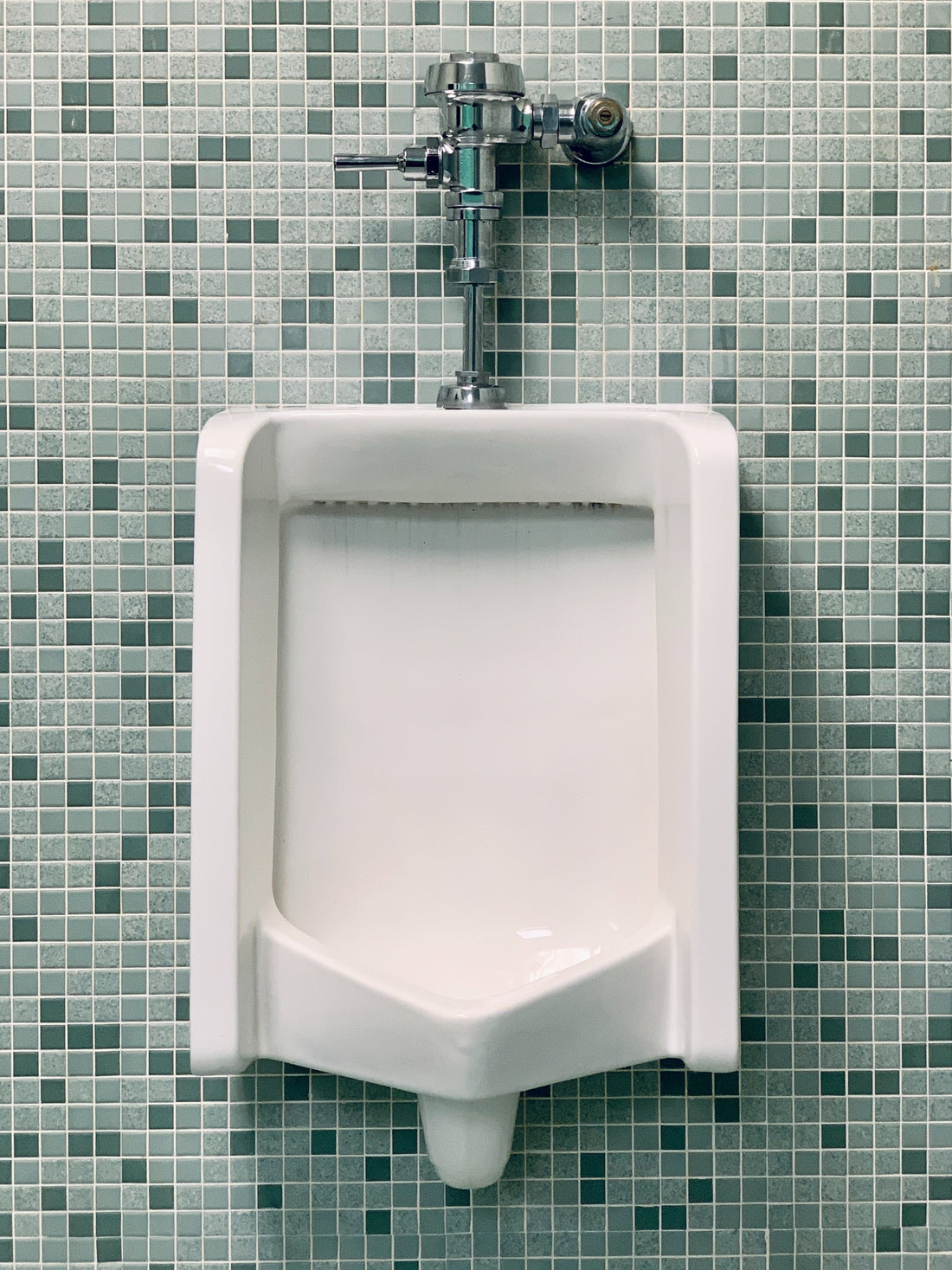-
Unpleasant experience: A smelly public toilet can make using the facilities an unpleasant and uncomfortable experience.
-
Decreased use: People may avoid using a public toilet that smells bad, which can lead to decreased use and decreased revenue for businesses that depend on these facilities.
-
Poor reputation: A smelly public toilet can give a negative impression of a business or public facility, damaging its reputation and potentially impacting future business.
-
Health concerns: A smelly public toilet can be a sign of poor hygiene and unsanitary conditions, which can increase the risk of illness and the spread of disease.
-
Embarrassment: People may feel embarrassed or ashamed to use a smelly public toilet, which can impact their overall sense of well-being.
-
Reduced productivity: If people avoid using a smelly public toilet, they may have to find alternative arrangements, which can be time-consuming and reduce productivity.
-
Decreased customer satisfaction: A smelly public toilet can lead to decreased customer satisfaction and potentially drive away customers.
-
Increased maintenance costs: A smelly public toilet may require increased cleaning and maintenance efforts, leading to increased costs for businesses or public facilities.
-
Health and safety hazards: Poor hygiene and unsanitary conditions in a smelly public toilet can pose a health and safety risk to users.
-
Environmental impact: Poorly managed public toilets can contribute to environmental pollution and harm the natural environment.

